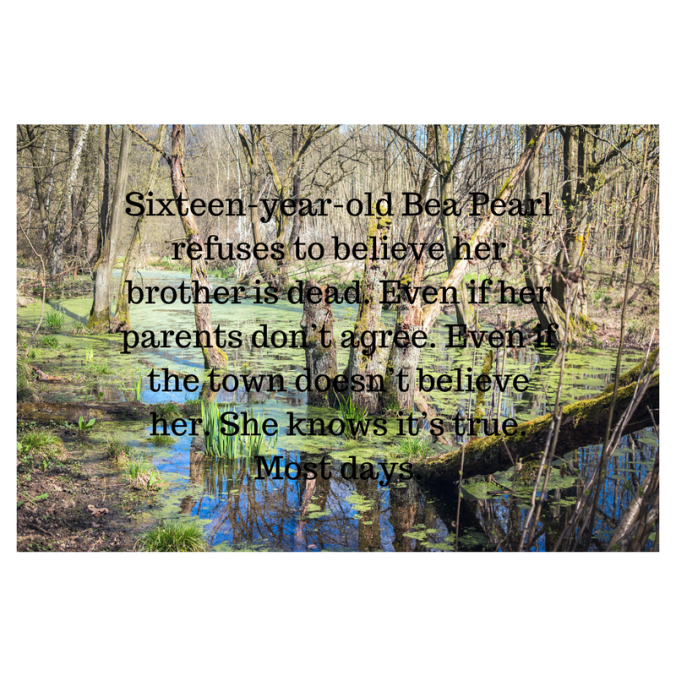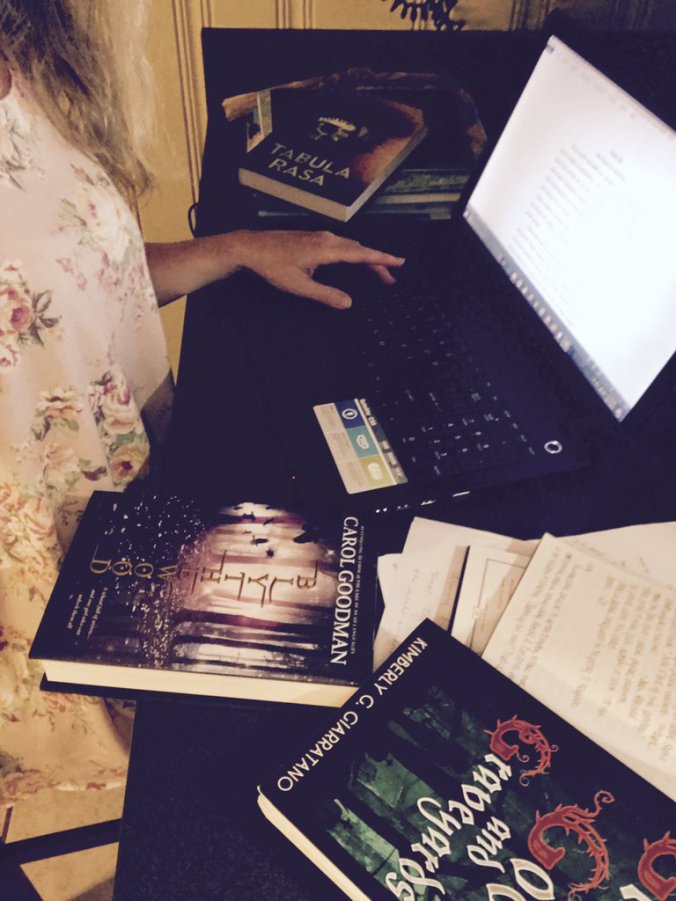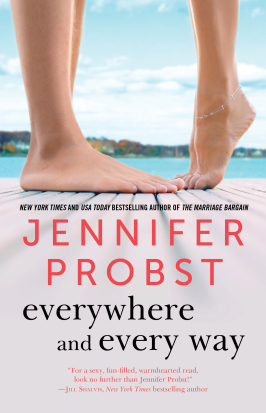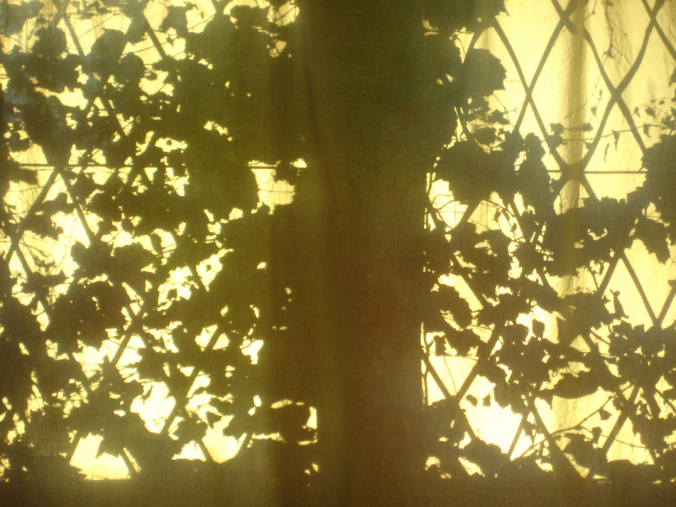I wrote a YA novel I thought was a sort of coming-of-age mystery. The protagonist, Bea Pearl, has lost her brother, her memory, and subsequently, a good bit of herself. The small Southern town she lives in thinks her brother is dead, and her crazy for thinking he’s not. The mystery unravels as Bea Pearl sets out to find out what happened that day her brother disappeared. Though with no memory, she has a hard time trusting what’s real.

This was my query hook that initially intrigued my agent and a New York editor. It has come a loooong way since then!
Or that’s what I thought I was doing. Turns out it was leaning a bit too much on the magical realism side and not enough on the mystery. I thought, well, everything is super mysterious (I didn’t even know what happened to the brother in the first draft) so that makes it a mystery, right?
Nope and nope. The super-helpful editor who requested a revise & resubmit suggested my magical realistic beginning needed to have a similar tone to my more thriller-ish ending. I didn’t even know what the difference between a mystery and a thriller was. Up ’til now it was just something I read and knew, but I didn’t know the differences–what made each genre unique.
For those at home curious (which I assume is why you’re here), I went to Nathan Bransford’s always-helpful blog. He wrote a great post here on the differences and includes a link to BookEnds Literary’s more in-depth breakdown.
I wondered if there were any specific rules to writing mysteries for a young adult and stumbled across this Writer’s Digest post on Writing Tenacious Teen Sleuths (anything that refers to Veronica Mars is sound advice). The eight tips they mention helped me streamline my thought process AND my plot.
My agent kept pushing me to further get out of my protag’s head and into the action, so I thought reading YA mysteries would help me in a leading-by-example sense. I could unravel how their mystery plots unfold organically and see if mine following the tips did as well. (This took a few read-throughs as it was hard not to just fall into the story.)

Reading is my favorite kind of research
The books I studied were:
Carol Goodman’s BYLTHEWOOD because it’s considered a mystery but has a lot of supernatural aspects, like mine has the magical realism.
Kimberly Giarratano’s GRUNDGE GODS AND GRAVEYARDS, the Writer’s Digest suggestion from the above post. And another mystery with supernatural aspects, this time ghosts.
Kristen Lippert-Martin’s TABULA RASA, a YA Thriller so I could better understand my pacing further into my own manuscript.
So this is how I worked through it, what has helped you define your story’s genre? And if you have any tips on writing mysteries, or suggestions to further my library, please leave a comment!
Advertisements Share this:





